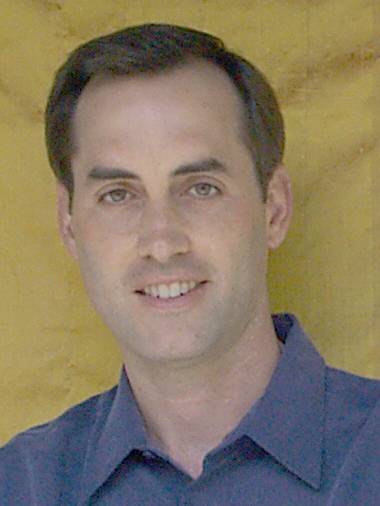CS547 Human-Computer Interaction Seminar (Seminar on People, Computers, and Design)
Fridays 11:30am-12:30pm PT · Gates B3 · Open to the public|
BJ Fogg Sun Microsystems and Stanford University Persuasive Computers: Examples, perspectives, and research directions
May 8, 1998
The study of computers as persuasive technologies ("captology") has developed over the last few years at Stanford. In exploring this domain, I've found that computers can change attitudes and behaviors by functioning in three ways as persuasive tools, media, and social actors (a framework I call the "functional triad"). Various examples of persuasive computing already exist, and many more--both good and bad--will likely emerge as computing technology becomes increasingly pervasive. To be sure, the Internet opens up new possibilities for persuasive technologies, not just by providing information persuasively but also by creating persuasive experiences. To achieve the potentials of persuasive computing and to avoid the pitfalls, I outline key directions for research; this includes an ongoing inquiry into the ethics of persuasive technologies. |
|
